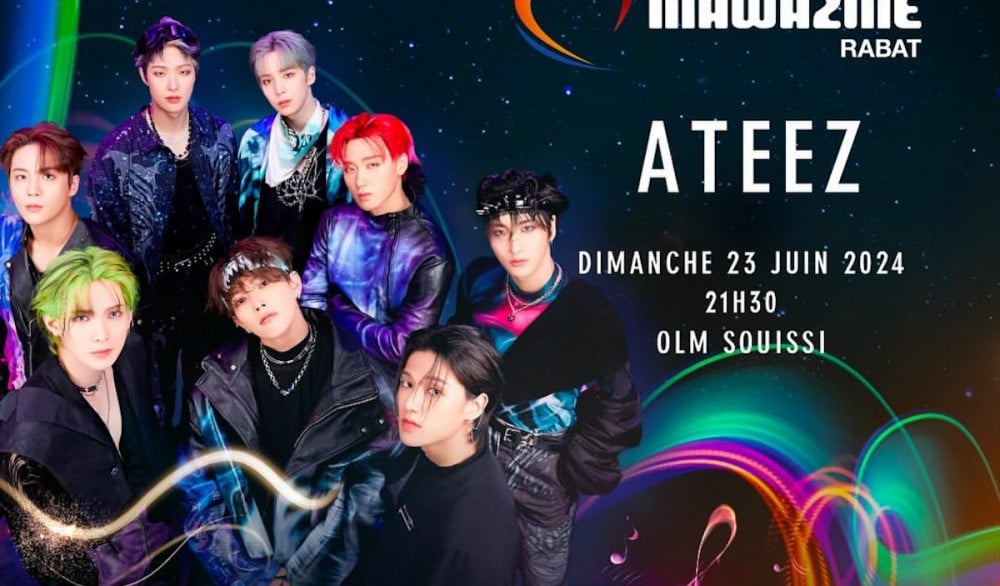
The Enduring Role of Social Companion Robots in Family Life
Social companion robots have transitioned from the realm of science fiction to practical tools utilized in everyday environments such as homes, schools, and public libraries. Designed to engage children through storytelling and interactive learning, these robotic companions aim to foster both educational development and emotional connection. However, emerging research indicates that their significance often transcends their original functions.
A recent study conducted by researchers in Canada and the United States focused on the long-term relationship between families and the reading robot named Luka, an owl-shaped device capable of scanning and narrating picture books. The study, led by Dr. Rhonda McEwen and her colleague, aimed to examine how the use of Luka developed over time and its overall impact within family dynamics.
Initial findings suggested that even after Luka had “retired”—that is, ceased to hold functional value for the now-older children—most families chose to retain the robot as part of their household. In a follow-up conducted in 2025, researchers discovered that 18 out of 19 families continued to preserve Luka not merely as a gadget, but as an integral part of their family life. The emotional connection that had formed during bedtime stories and shared moments had embedded Luka deeply into the families’ histories and rituals.
Children’s affectionate references to Luka further highlighted its perceived role within the family unit; many regarded it as a “little brother” or “the only pet.” These titles reflect a transformative understanding of technology, where the robot is not just a tool but a companion sharing experiences with growing children. Parents echoed similar sentiments, describing Luka as a “part of our history” that represented their children’s formative years.
Interestingly, families also found new applications for Luka that extended its utility beyond reading. Some repurposed it as a night light, a music player, or even as a sentimental object displayed alongside family keepsakes. One family participated in a ceremonial retirement for Luka, symbolizing its significance and honoring its role in shaping their familial experiences.
This research contributes to the broader discourse surrounding technology domestication—the process by which devices become integrated into daily lives with meanings that evolve over time. Typically viewed as disposable, gadgets like smartphones and electronics may be readily replaced; however, the bond formed with companion robots illustrates a shift in this perspective. As these devices become embedded in emotionally significant moments, families are less inclined to view them as mere tools.
The implications for manufacturers and designers are substantial. Understanding that consumers may form emotional attachments to products necessitates a rethink of design philosophies, potentially exploring ways to ensure that devices are not only functional but also foster long-term connections that may prevent premature disposal. This shift could also carry environmental benefits, as retaining cherished robots may contribute to decreased electronic waste.
In summary, the enduring presence of social robots such as Luka within family life suggests they are more than mere machines. They exemplify how technology can evolve from a functional tool to a beloved family member, challenging conventional notions of disposability in a rapidly advancing digital age. This research underscores the importance of designing technologies with the understanding that emotional bonds may significantly influence how these products are treated long after their original purpose has waned.


